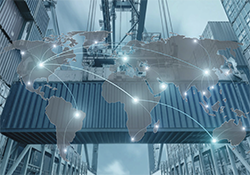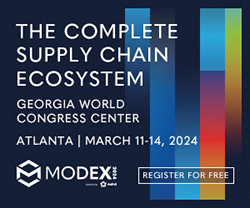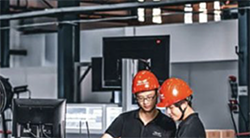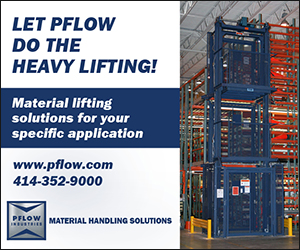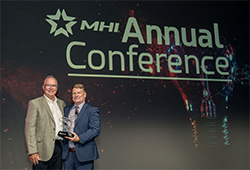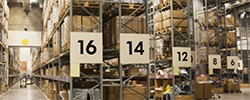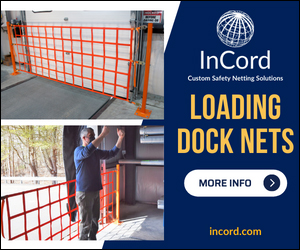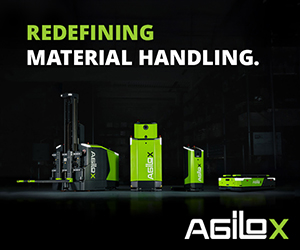Spurred by a desire for greater supply chain resilience, companies are increasingly reshoring and investing in new and updated manufacturing operations in North America.
|
Registration is now available for the largest manufacturing and supply chain trade event of 2024, MODEX. The event will include over 1,000 exhibitors from leading solution providers and a comprehensive Educational Conference focusing on best-in-class solutions for manufacturing and supply chain operations.
|
Ensuring the safety for workers in manufacturing environments should be a top priority. However, relying solely on traditional safety measures may not be enough to protect your team from hazardous conditions in large, complex facilities. Fortunately, Ultra-Wideband Real-Time Location Systems (UWB RTLS) have gained popularity for their ability to enhance safety for workers.
|
It is a modern mantra: “Technology will never be as bad as it is today.” In other words, as transformative as automation, artificial intelligence (AI) and other technologies already are to supply chain matters, they can only get faster, smarter, more efficient and more cost-effective from here.
At its 2023 Annual Conference, MHI recognized five professionals making an impact on the material handling and supply chain industry. The award winners were announced during an October 3rd ceremony at the Diplomat Beach Resort in Fort Lauderdale, Florida.
|
MODEX has clinched top honors in two categories of the Trade Show Executive (TSE) Gold 100 Grand Awards. MODEX, MHI’s premier international supply chain expo, was awarded for having the Best Attendee Acquisition Model and for being the Fastest-Growing Non-Annual Gold 100 Show Blended by Growth in 2022.
The Electrification and Controls Manufacturers Association (ECMA) proudly announces its rebranding as Automation, Controls, and Electrification Association (ACE), signifying a new era of innovation in industrial automation and material handling.
A robust rack safety program can positively impact the bottom line, prevent accidents, and reduce costs.
|
With looming SEC regulations, companies of all sizes are increasingly recognizing the importance of measuring their emissions footprint, as well as the need to mitigate the harm it causes not only to the environment, but to their ability to do business.
|
An increased focus on renewable energy is happening across the material handling and supply chain industries and the broader economy globally. As cutting greenhouse gas (GHG) emissions becomes a high priority for all enterprises, interest in renewables is exploding.
Companies that commit to reducing greenhouse gas (GHG) emissions and improving the sustainability of their operations usually understand that this will be a complex, years-long task. What they may not realize until they begin the process, however, is just how big a challenge it will be to find the skilled workers who can help them implement those pledges.
In retrospect, the just-in-time, single-source, ultra-streamlined supply chain was never built to last. Amid ongoing uncertainty and growing consumer expectations for corporations to reduce their carbon footprint and to disclose their environmental impact, the response has been a global supply chain reset aimed at enhancing sustainability, visibility and resilience.
|
Like many industries, retail experienced a major transition during the COVID-19 pandemic as its customers’ shopping preferences and behaviors underwent radical changes. Now, the industry is weighing what the lessons of the pandemic were—and what should come next.
As the current issue of MHI Solutions explores sustainability, MHI Board member and Spaceguard Products CEO Eddie Murphy shares his thoughts about how that might apply to those who work with us. What if we saw employees through the lens of workforce sustainability? In this view, they’re not just expendable resources to be used up and discarded. They’re valued long-term, supported and encouraged to reach their full potential.
Facing an unprecedented drought, the Panama Canal Authority has issued restrictions that are greatly slowing transit through the waterway–especially for container ships. Because the Canal handles 55% of all containers that ship from Asia to the United States, some shippers are taking actions to alleviate issues.
|


